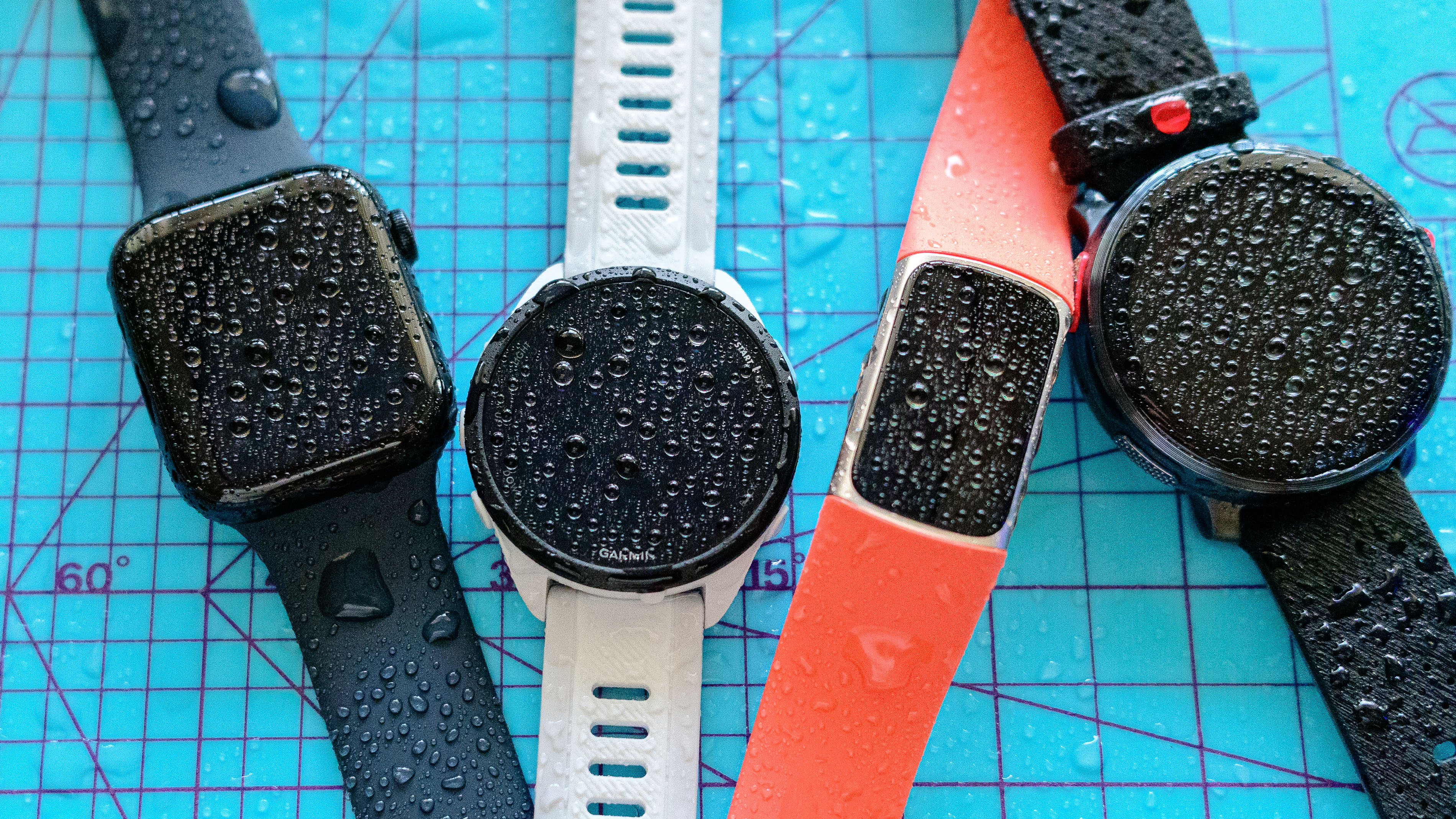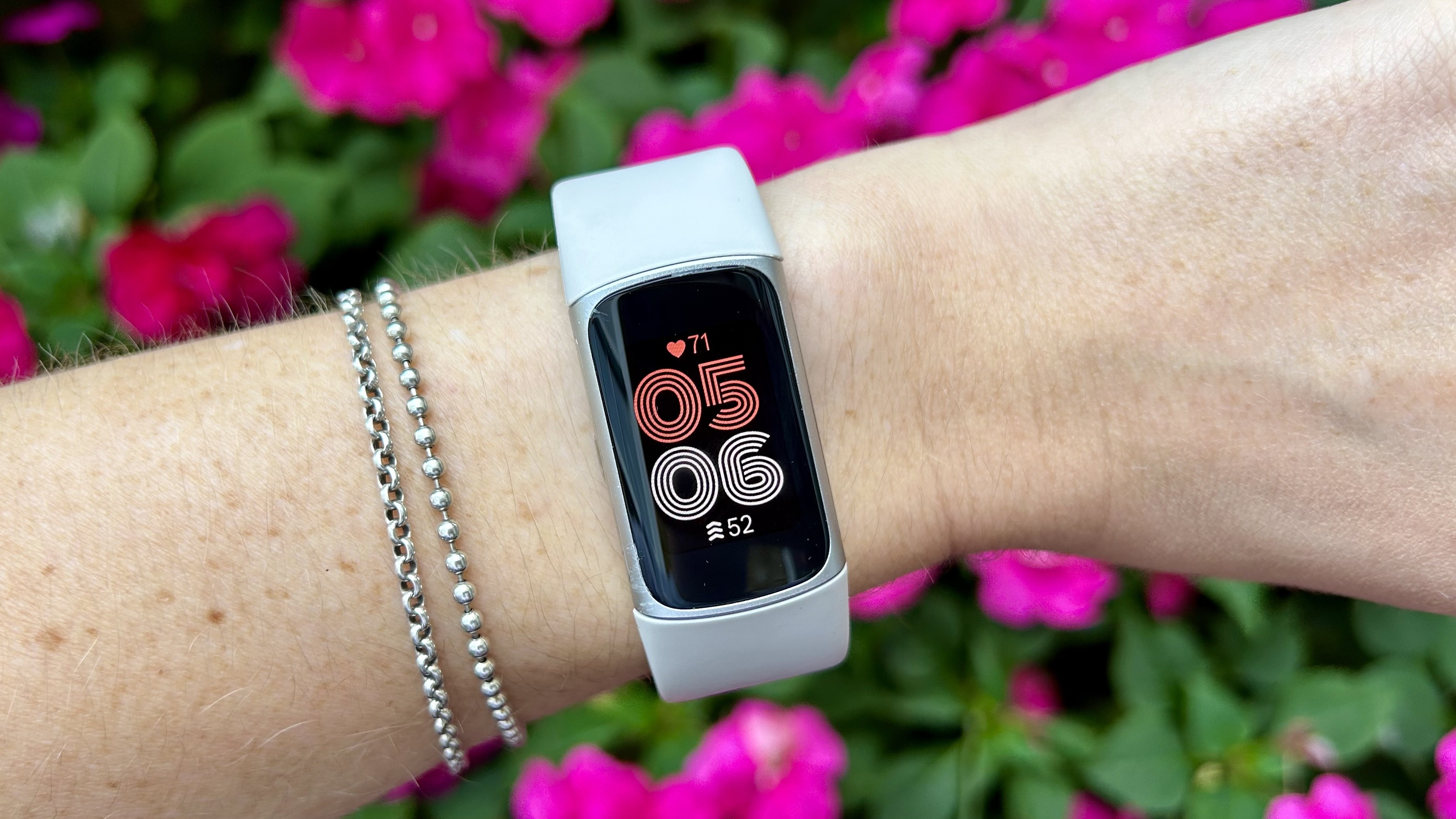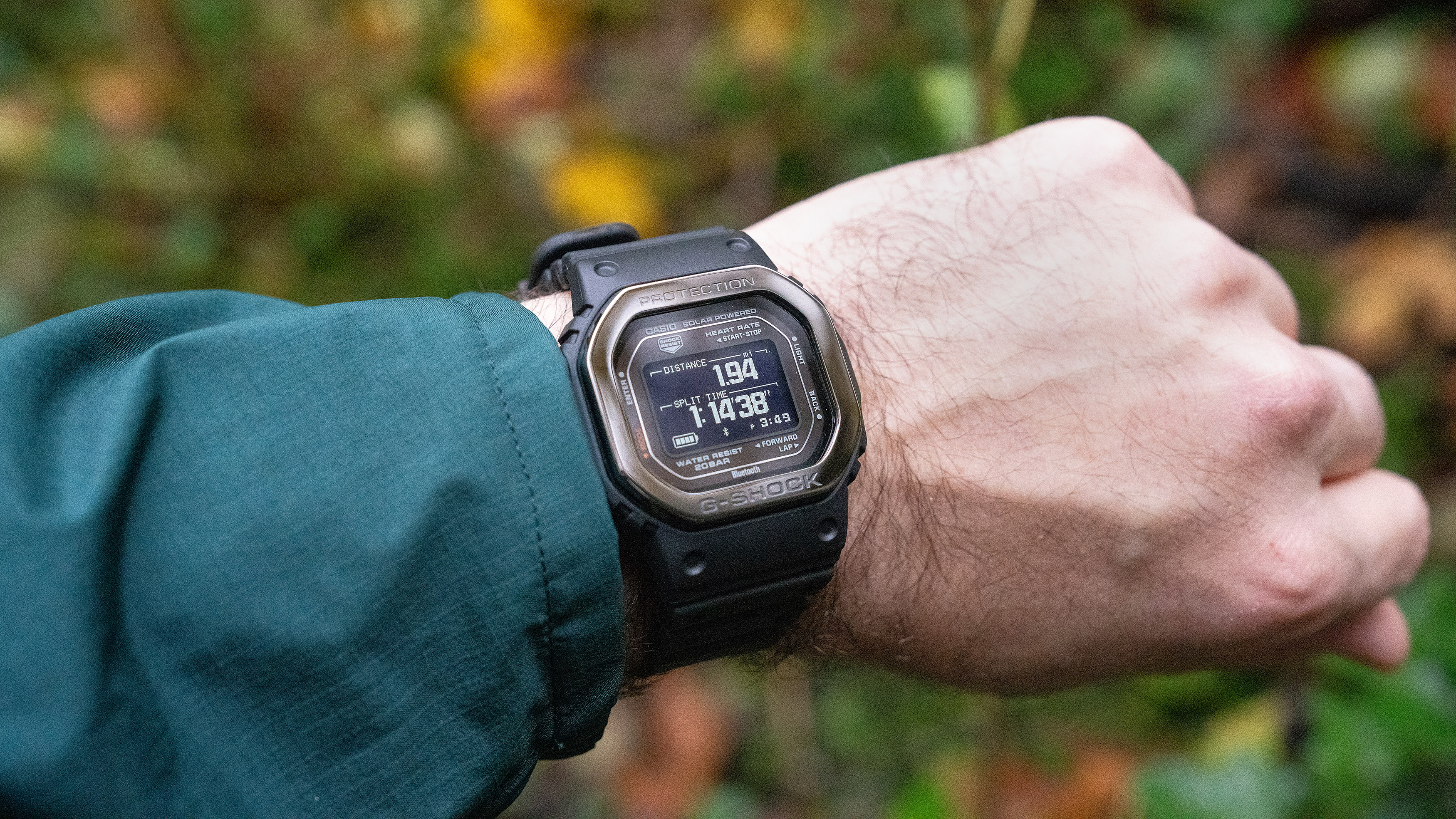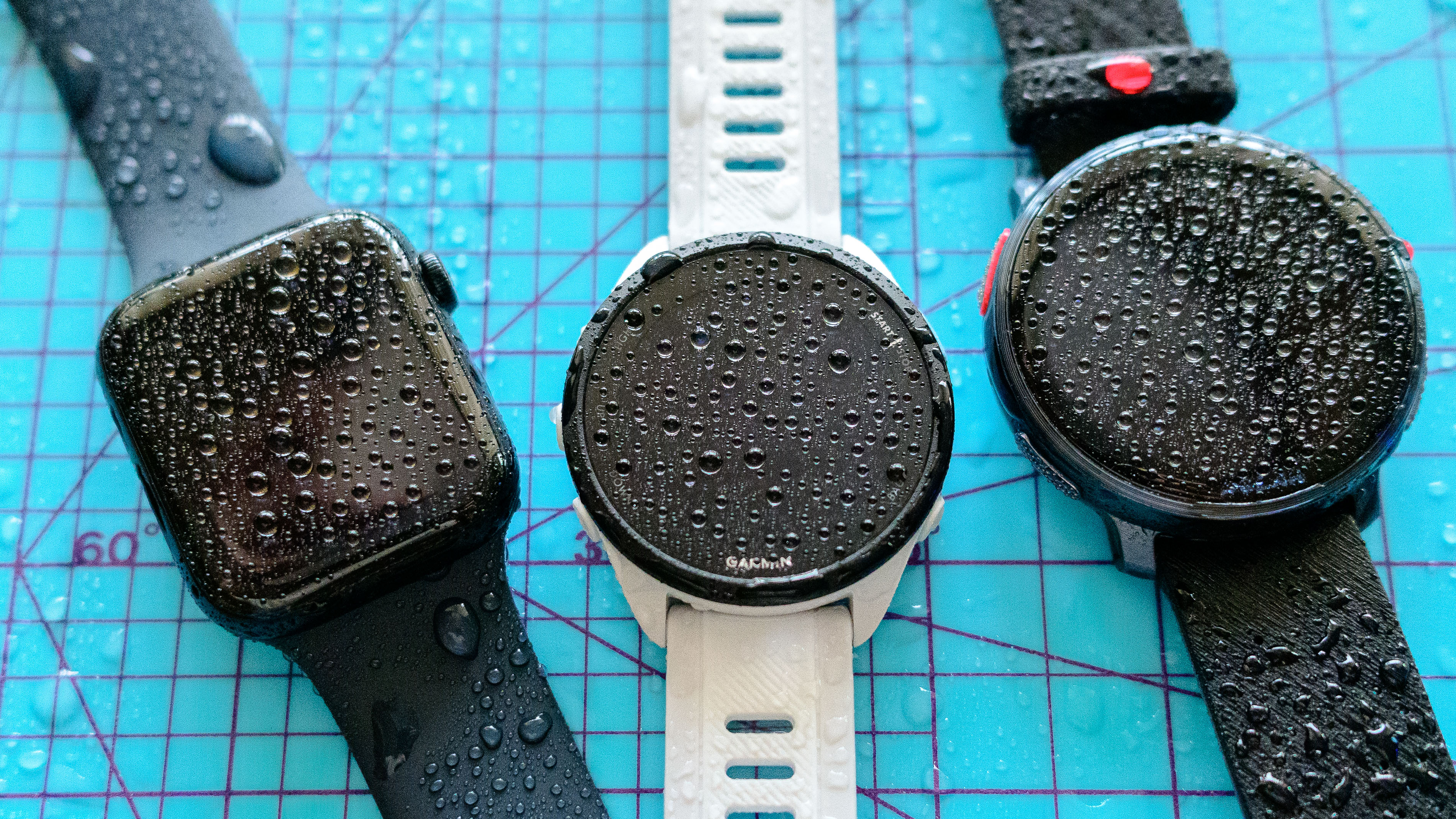
You may want to think twice before jumping in the shower with that new Apple Watch Series 9 — this may come as some surprise, but smartwatch water resistance ratings are, well, not very accurate. They're confusing at best and misleading at worst, which is why we're here to help clear things up.
Water resistance does not mean waterproof
So, you get a shiny new Apple Watch SE, one of the best value smartwatches available today. It comes with 50 meters of water resistance, which means it should be okay for just about any water-based activity. Right? Well, not quite.
Water resistance ratings are determined by how much atmospheric pressure a device can withstand for a short period. A rating of 50 meters, by the way, is the same as 5ATM or five times atmospheric pressure. The same goes for 100 meters and 10ATM, 200 meters and 20ATM, etc.
Sure, the Apple Watch is rated to survive at depths of 50 meters underwater for a short window of time, but we're talking minutes, not days. Even a few minutes at those depths will put the device's waterproof gaskets and seals under considerable stress.
So, no. It's not a good idea to scuba dive with the Apple Watch SE. And while surface-level swimming is okay for short periods, you'll want to avoid spending an entire day in the water while wearing it.
What about smartwatches with higher (or lower) ratings than 50ATM? Below, we break down what most common water resistance ratings actually translate to in real-world terms.
30 meters water resistance
3ATM, or 30 meters of water resistance, tends to be the lowest rating you'll see on a smartwatch, at least those from reputable manufacturers.
A device with this rating can be worn during workouts and other physical activity — moisture from sweat or even light precipitation should cause no issue. Feel free to wear it while gardening or washing dishes. But it's best not to swim with a device rated for 30 meters of water resistance, even for brief periods.
50 meters water resistance

Many of the best smartwatches and best fitness trackers fall into this category, including the Fitbit Charge 6, Apple Watch SE 2022, Samsung Galaxy Watch 6 and more.
A water resistance rating of 5ATM means your device is okay to surface-level swim with for short periods of time. Apple, for instance, recommends users don't spend more than 30 minutes in the water while wearing the latest Apple Watch Series 9.
By all means, rock your 5ATM-rated device to the beach and enjoy some time frolicking in the waves, but it's probably best to choose a different wearable if you plan on spending the entire day out surfing.
You also don't need to worry about getting devices with 50 meters of water resistance wet while washing dishes, the car, the dog, etc.
100 meters water resistance
Some higher-end smartwatches and trackers offer 100 meters of water resistance, including the Apple Watch Ultra series and the Garmin Descent MK2.
Devices with this rating can safely be worn for an extended amount of time in the wet stuff. So, feel free to go snorkeling, water skiing or freediving.
For the Ultra series specifically, Apple says users are cleared to wear the watch down to depths of 40 meters, making it suitable for scuba diving too.
150 to 300 meters water resistance

You're not going to find many smartwatches rated for greater than 100 meters of water resistance, but there is a handful, including the G-Shock Move DWH5600 (20ATM) and the original Coros Vertix (15ATM), but sadly, not the Coros Vertix 2.
We're now squarely in hardcore mechanical dive watch territory when it comes to water resistance. Devices rated 15ATM and above can be worn without hesitation during just about any extreme water-based activity, including deep-sea scuba diving.
500 meters+ water resistance
Go ahead and explore the Mariana Trench — if you can find a smartwatch with this rating, we know of none — you should be good.
Okay, no watch is going to endure the ocean’s deepest depth, nor could any diver. But if you want to brag to your friends about how your watch has a Jacque Custeau level of nautical chops, any smartwatch with 50ATM water resistance or more should do the trick.
Final thoughts

Ultimately, your smartwatch is built to survive life's bumps and splashes. And while there are examples of devices surviving months underwater, those are edge cases, not the norm.
To get the most use out of your purchase and maximize the lifespan of your smartwatch, be sure to follow our guidelines above. When in doubt, take it off.
Beyond that, try to avoid bathing or showering with a smartwatch, regardless of its water resistance rating. Doing so subjects the device to needless abuse — steam has a particularly negative impact on gaskets, which only have so much lifespan.
Lastly, it's a good idea to rinse off your smartwatch in fresh water after dips in the ocean or other salty bodies of water. This helps avoid corrosion.







